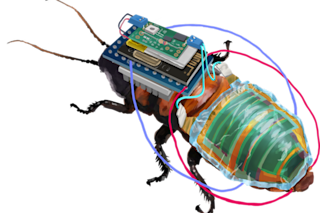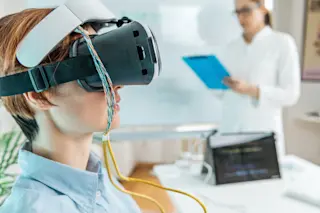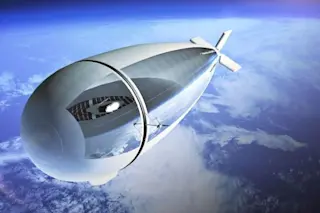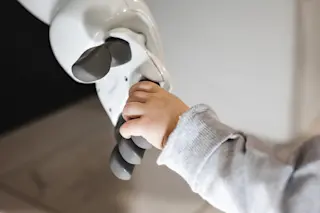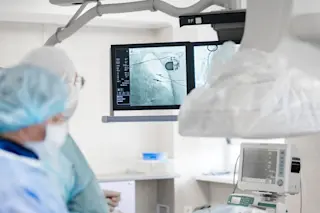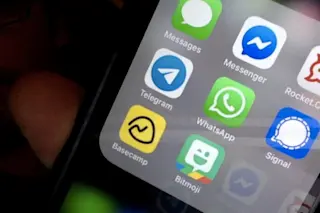This can only lead to a summer blockbuster. Researchers implanted tiny electrodes in two monkeys' brains, allowing them to move robotic arms with their thoughts. To motivate the monkeys to perform, they were encouraged to feed themselves marshmallows and pieces of fruit with the robotic arms, which had joints and "grippers" that roughly replicated fingers. According to the research team's report in Nature [subscription required], the arms' movements were fluid and natural, and the monkeys continuously adjusted the speed and direction of their robotic limbs. While the technology isn't yet ready for human testing, scientists are hopeful that it can eventually be applied to prosthetic limbs for people with spinal cord injuries, strokes, and other paralyzing conditions. For the bionic monkey experiment, researchers implanted hair-thin electrodes in each monkey’s brain. The arm is controlled by a network of tiny electrodes called a brain–machine interface, implanted into the motor cortex of ...
Bionic Monkeys!
A breakthrough in brain-machine interface technology allows monkeys to control robotic arms using their thoughts, paving the way for bionic limbs.
More on Discover
Stay Curious
SubscribeTo The Magazine
Save up to 40% off the cover price when you subscribe to Discover magazine.
Subscribe



